 |  |  |
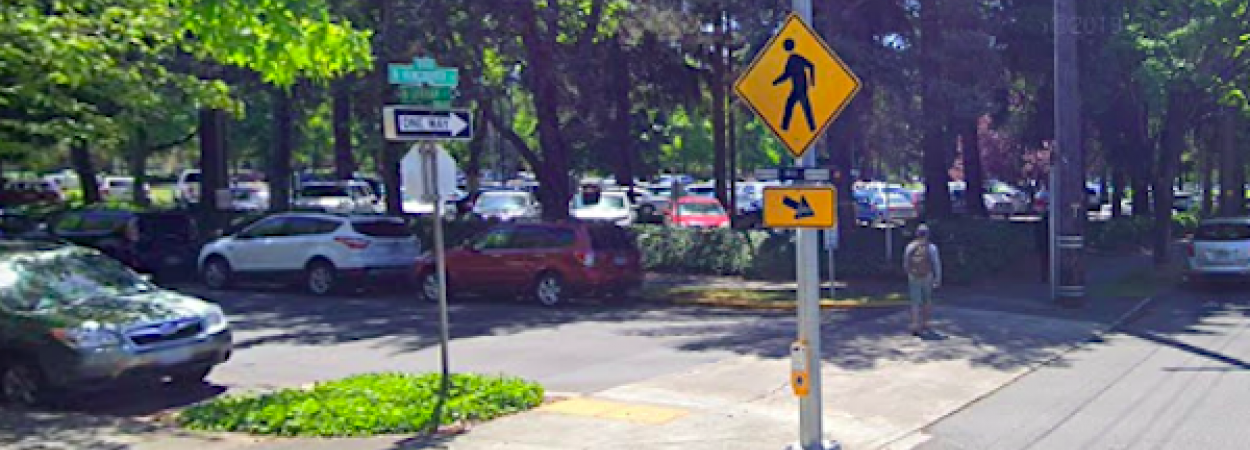
Chris Monsere, Sirisha Kothuri and Jason Anderson of Portland State University developed guidance for the Oregon Department of Transportation (ODOT) regarding the placement of Rectangular Rapid Flash Beacons, or RRFB's, in combination with median refuges on three-lane roadways. Their research explored the effect of these crossings on driver yielding behavior. For roads with volumes higher than 12,000 average daily traffic (ADT), they found high yielding rates at pedestrian crossings that had a beacon, whether or not there was a median. This demonstrates that the RRFB is a useful tool for alerting drivers to the presence of pedestrians at crosswalks. The researchers also found that for roadways with less than 12,000 ADT, the addition of a median refuge increases driver yielding.
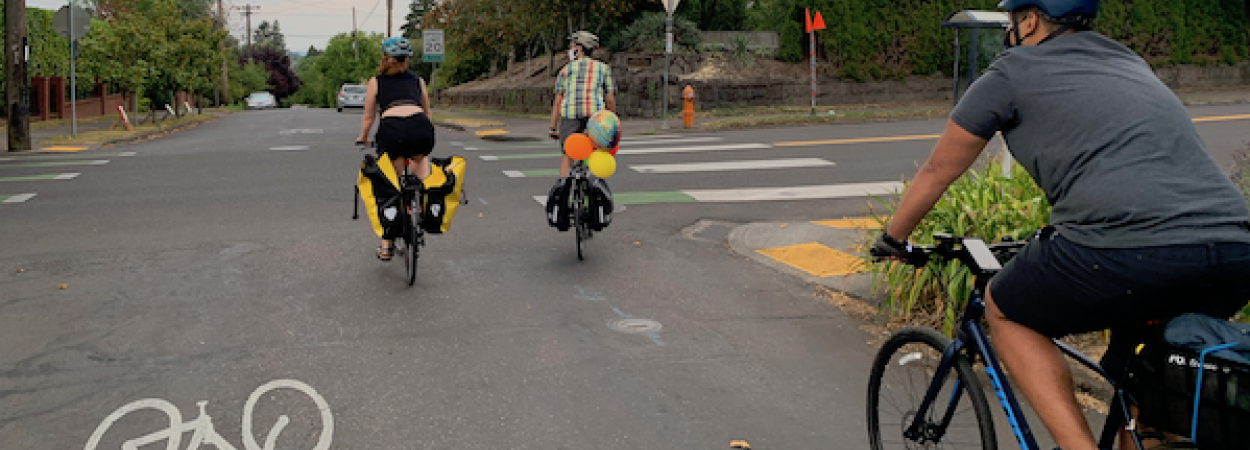
The Impacts of the Bicycle Network on Bicycling Activity: A Longitudinal Multi-City Approach
Wei Shi, Portland State University
In active transportation research, plenty of attention has been given to how different types of bike infrastructure affect people's likelihood of biking. Research has demonstrated that protected bike lanes encourage more people to bike than simple painted lanes, and that most cyclists feel…
Read More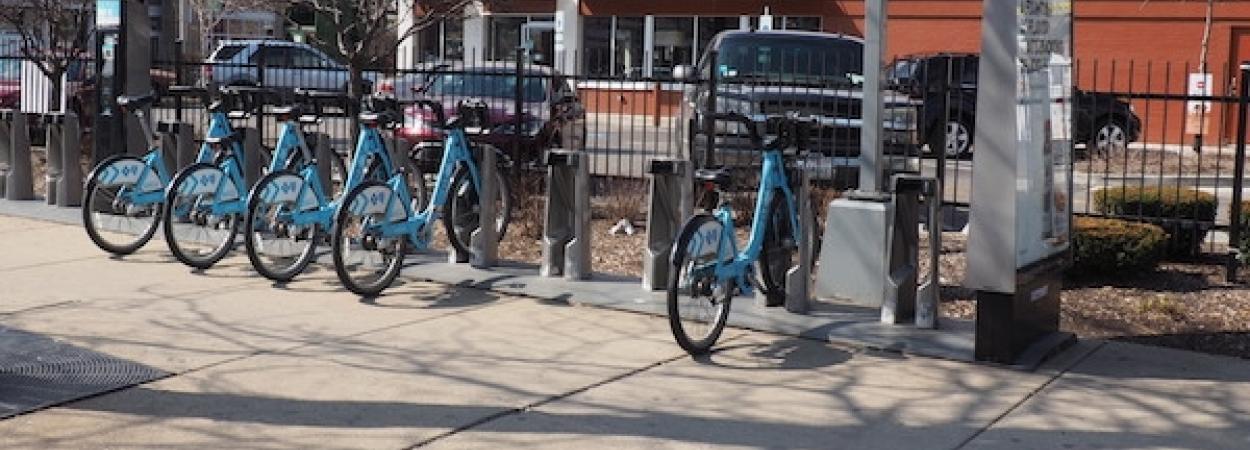
A review of equity and vehicle sharing, by Jennifer Dill and Nathan McNeil of PSU, appears this month in a special issue of the Journal of Planning Literature (click here for access to a free author's edition). They investigated whether shared vehicle systems – carsharing, bikesharing, and e-scooter sharing – are equitable. Overall, they did not find much evidence that they are improving accessibility for disadvantaged populations. Equity programs in carsharing are notably understudied. Given that many cities lack safe bicycle infrastructure and trip distances can be long, there may be more immediate potential for improving accessibility through carsha…
Read More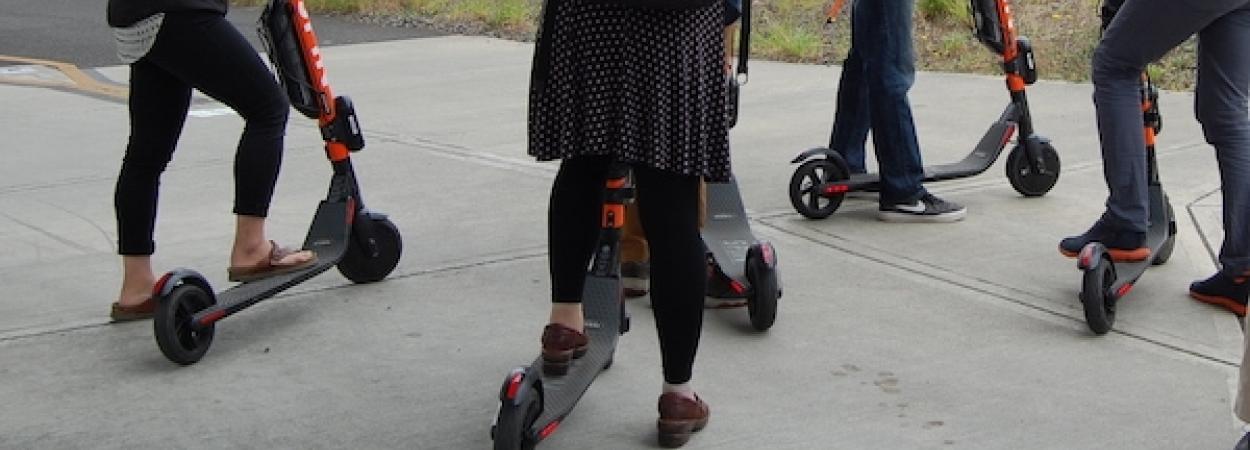
Michael McQueen, Portland State University
Is shared micromobility the ideal first/last mile supplement to transit? Can electric scooters make it easier for historically disadvantaged populations to get around? In just three years, brand-new fleets of e-scooters have substantially disrupted and altered the urban mobility landscape. For proponents, it's tempting to view them as a new answer to old problems. A just-released study finds however, that while there is potential for improved mobi…
Read More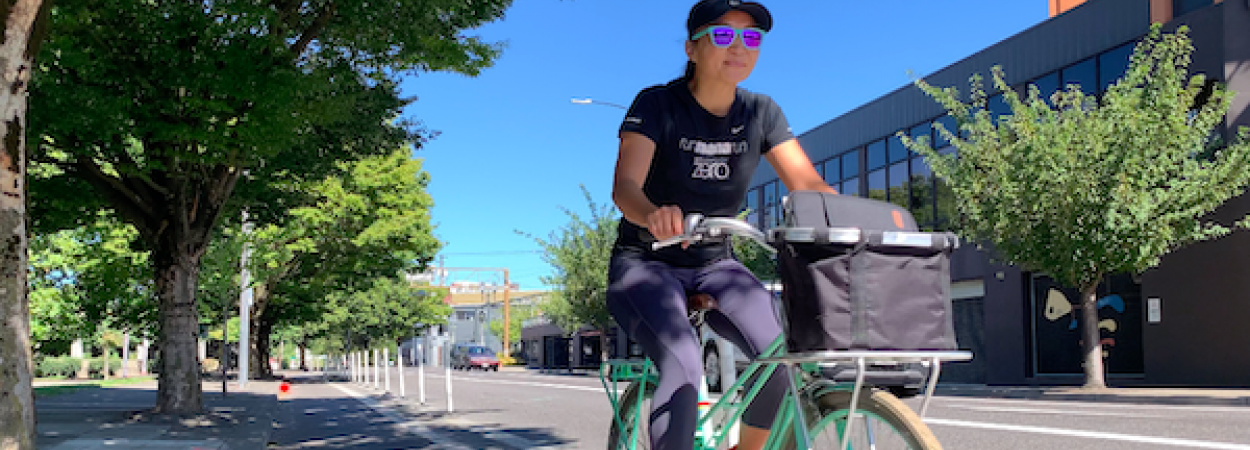
We're proud to announce that our associate director, Hau Hagedorn, has been named the new Chair of Oregon's governor-appointed Bicycle and Pedestrian Advisory Committee.
OBPAC serves as a liaison between the public and the Oregon Department of Transportation. The eight-member committee advises ODOT in the regulation of bicycle and pedestrian traffic, the establishment of bikeways and walkways, and other statewide bicycle and pedestrian issues.
The committee meets six times a year in various locations around the state to support implementation of the Oregon Bicycle and Pedestrian Plan and listen to the views and concerns of interested citizens, local officials and ODOT staff.
The Transportation Research and Education Center (TREC) at Portland State University is home to the National Institute for Transportation and Communities (NITC)…
Read More